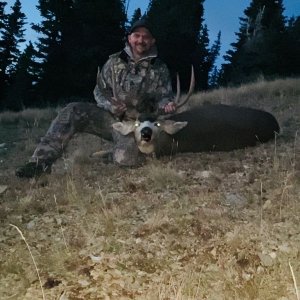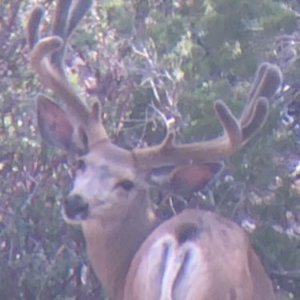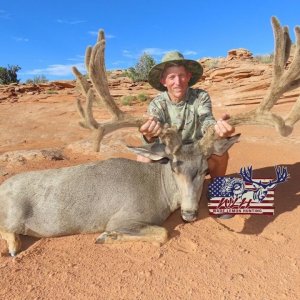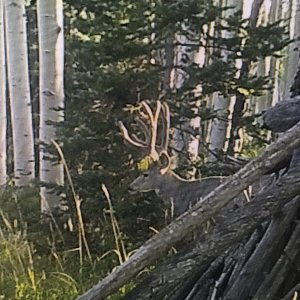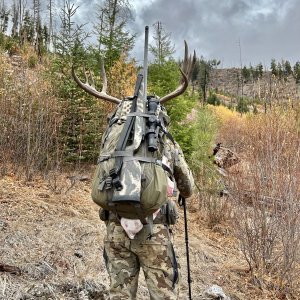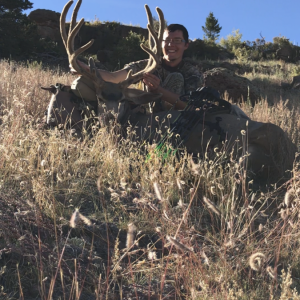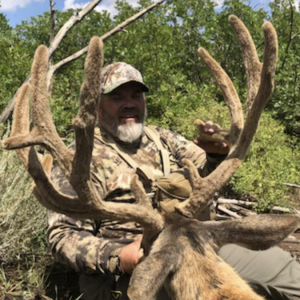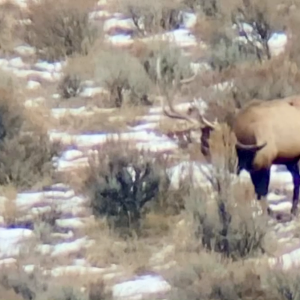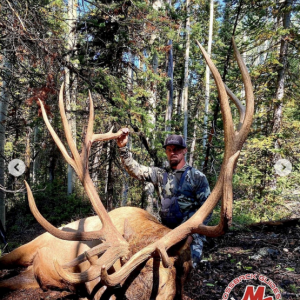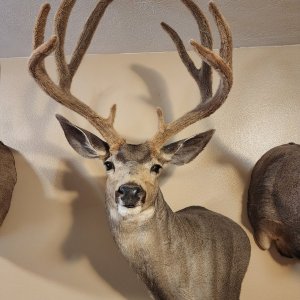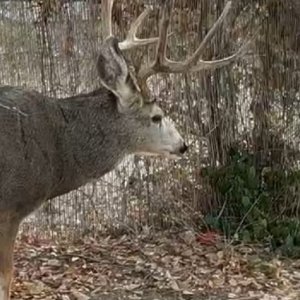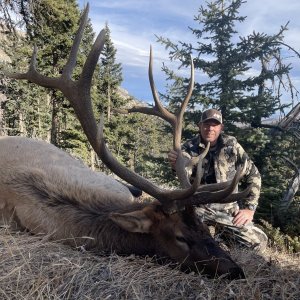NorthernUtahGreyGhost
Member
- Messages
- 6
Anybody heard any reports of what the DNR is predicting for fawn mortality rates in northern Utah this winter? I heard a report/rumor that southern Idaho was predicting 80% mortality rates for their fawns. I have no idea if that was official DNR reports or just speculation because I can't find anything online but I would assume northern Utah would be similar.

